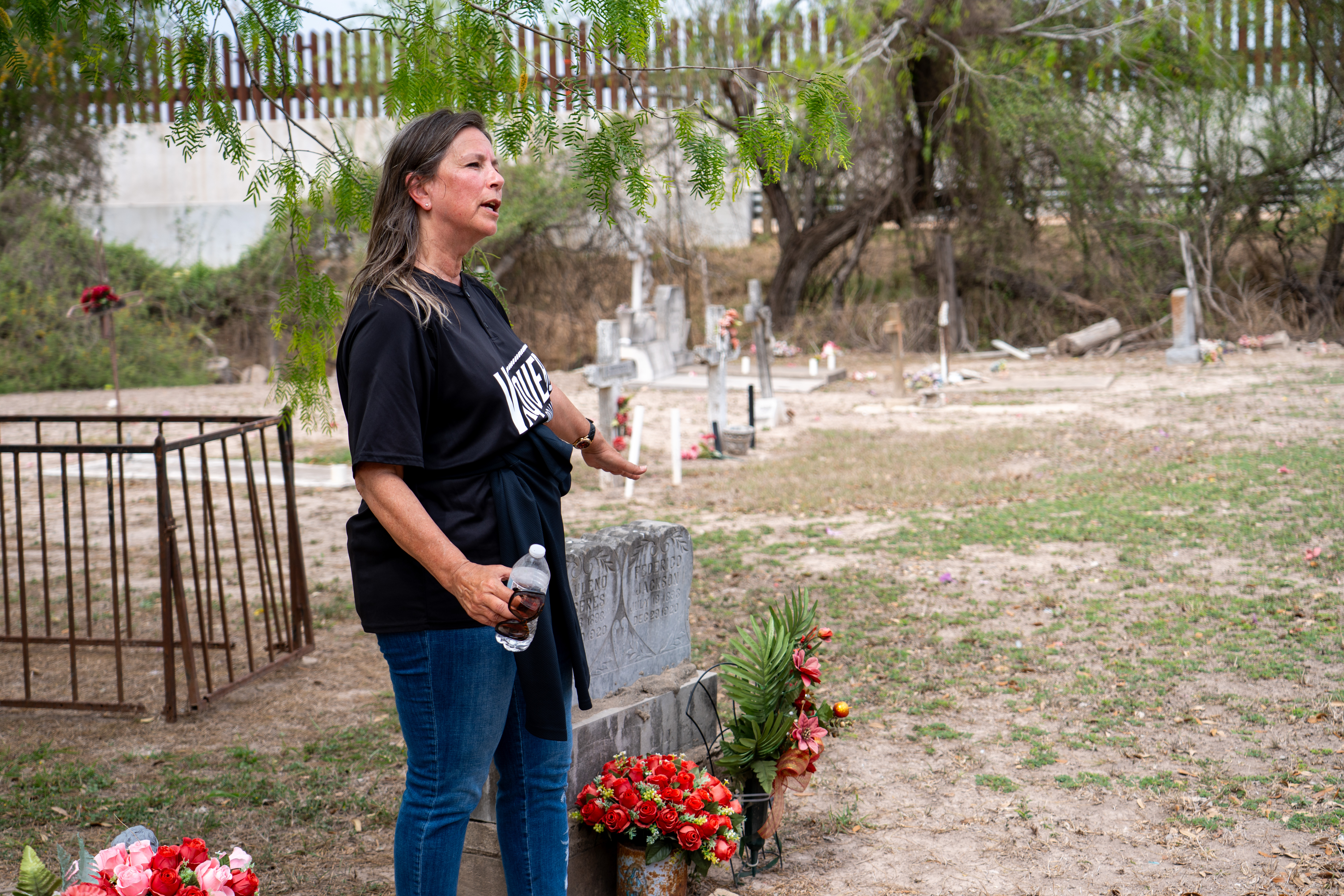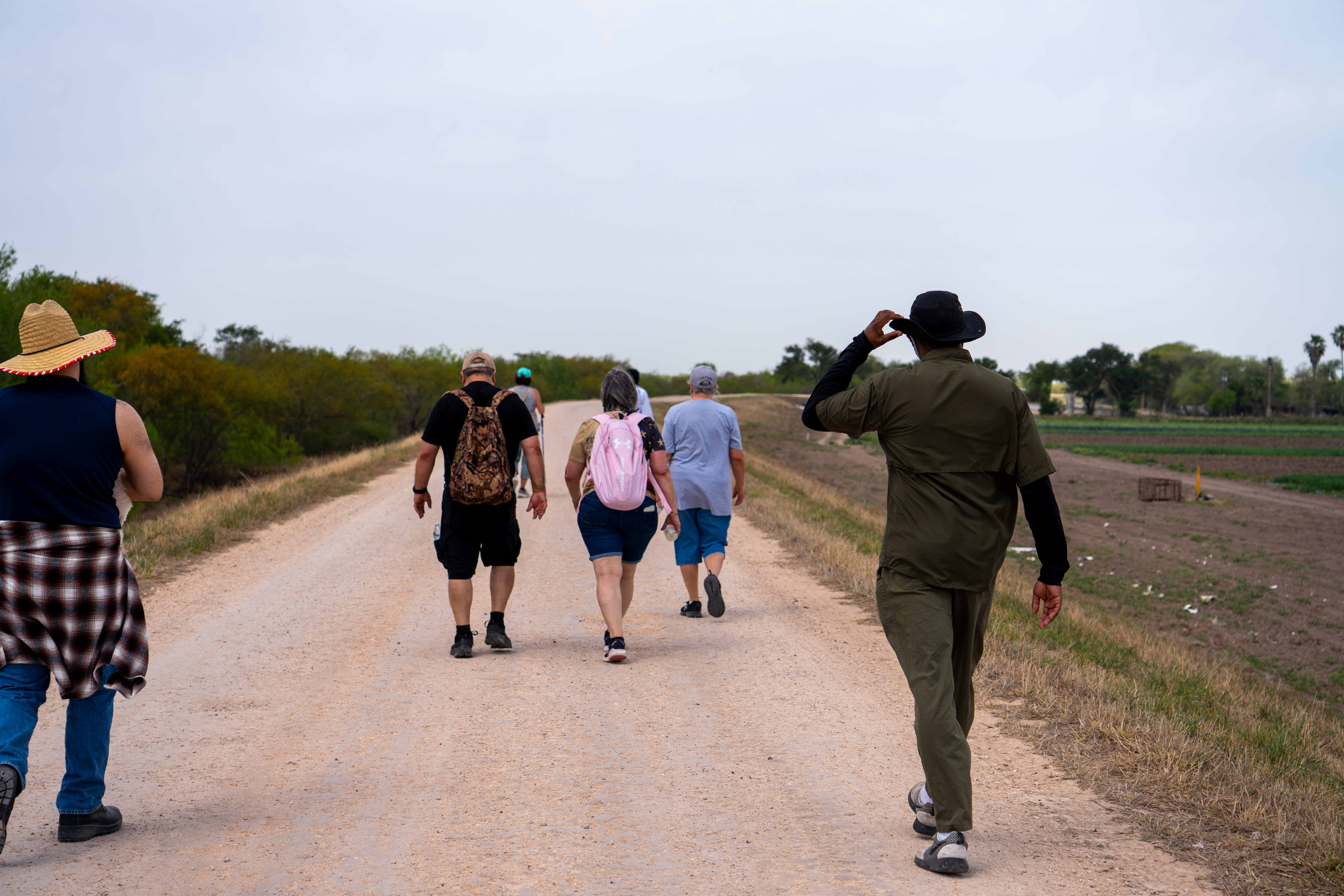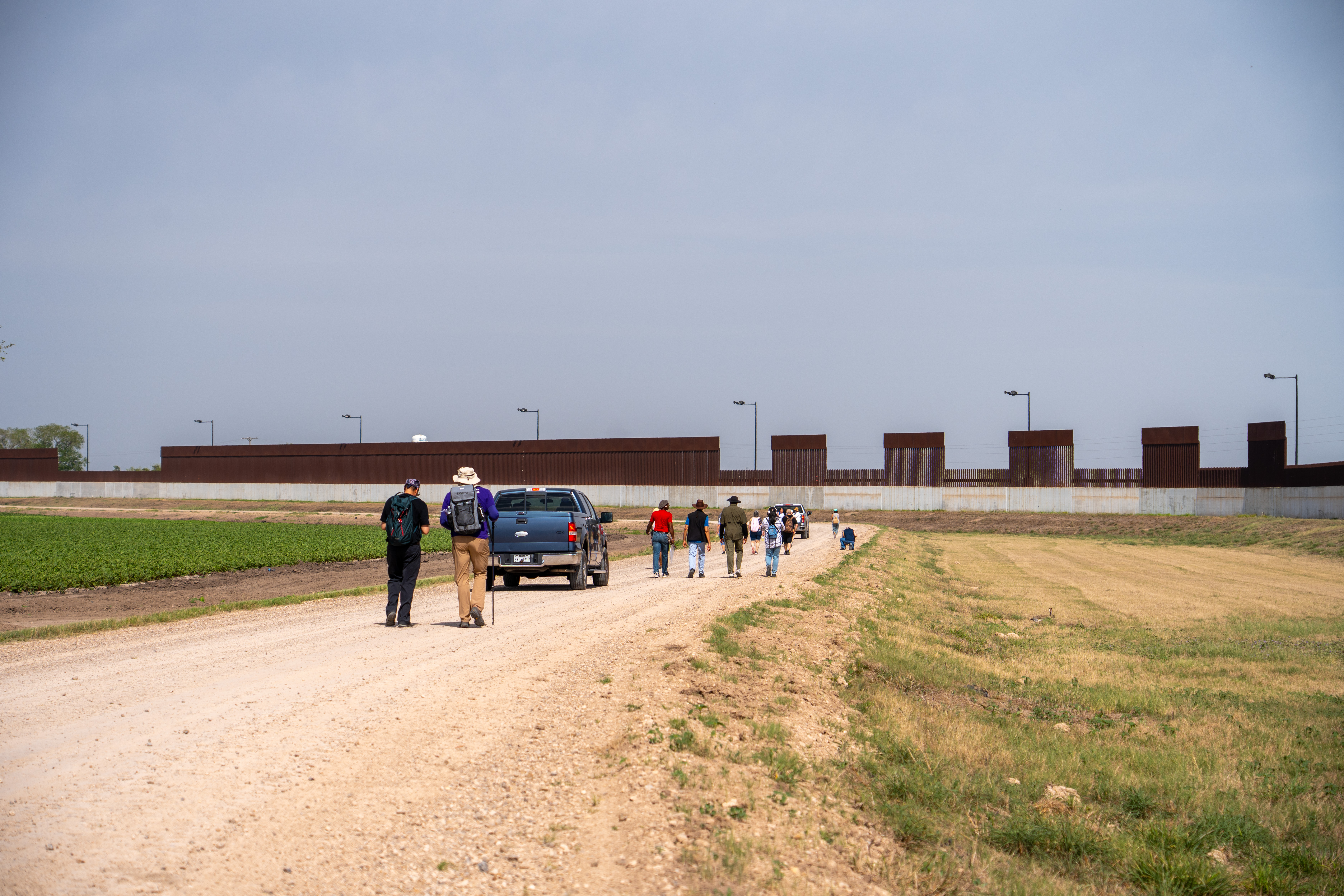By Amanda Alaniz
RIO GRANDE VALLEY, TEXAS – JUNE 20, 2025 – The year is 1857, five covered wagons, filled with pieces for survival, Nathaniel Jackson, his wife Matilda Hicks, and their family made it their mission to find a new home away from the hardships, separation and marginalization of society.
The mixed-race family arrived along the U.S.-Mexico border in Hidalgo County, Jackson purchased acres of land and settled in a riverside colony calling it the Jackson Ranch in today’s San Juan, Texas.
As Harriet Tubman was leading slaves to freedom in the North through the Underground Railroad, slaves found another Underground Railroad along the U.S. Mexico border.
The Jackson Ranch, founded in 1857 along the US-Mexico border, was a known location for freedom seekers, as well as a destination site for settlement for self-emancipators.
The research that spearheaded this revelation was CHAPS project “Rio Grande Valley Civil War Trail.” Through researchers’ investigation, families, like the Jacksons, reportedly encountered self-emancipators at their ranches and assisted them over the international border.
Roseann Bacha-Garza, manager of the CHAPS Program, submitted the research findings to the National Underground Network to Freedom Program for the official recognition of the Jackson Ranch and Martin Jackson Cemetery.
“In April of last year, the National Underground Network to Freedom Program said they accepted the application. So now this location is one of five in Texas – 800 in the whole country – but Texas only has five and we are one of them,” she said.
TELLING THE TALE
CHAPS’s years-long research uncovered South Texas’ role in the history of the Underground Railroad, a network of routes, people and safe houses that helped freedom seekers to escape. It showed the Jackson Ranch and Martin Jackson Cemetery, located near San Juan, were points of reference along the trek.
The research led by CHAPS, reached people from all over the country, and brought those interested in learning more to Bacha-Garza.
“Last summer, I had the pleasure of visiting with Linda Harris, the director of events and planning at the Harriet Tubman Museum and Educational Center in Maryland, as I was conducting research in Washington, D.C. She expressed to me her interest in the story of underground railroad activity through Hidalgo County, in deep south Texas and across the Rio Grande,” she said.
“She then decided that it was important to organize a ‘walk along the southern roads to freedom’ in the Valley.”
The pilgrimage, “Walk to Freedom” took place March 3-9, with participants walking more than 60 miles over a course of seven days.
The walk included several historic sites and landmarks within Hidalgo County, such as La Sal del Rey, the Restlawn African American Historic Cemetery, the City of Alamo Central Park, the Webber Ranch Cemetery, the Jackson Ranch Church and Martin and Eli Jackson cemeteries and the Bethel Garden Community Park.
Dozens of people joined the miles-long walk, with sprinkled history lessons from Bacha-Garza about the areas and people. They were experienced the trek freedom seekers took hundreds of years to ago, to make it to Mexico.
“The significance of this pilgrimage is first and foremost to honor the African American ancestors of those who walked these southern roads to freedom, those who trekked, through arduous, events and difficult terrain. All kinds of danger to get there to achieve their freedom in Mexico,” Bacha-Garza said.
Harris said she’s done many walks – even walked to Canada – but the Valley was a memorable one and was grateful for the connections she made.
“My motto is ‘find the Harriet in you.’ We talk about resilience, community, love, self-love. Now I can say, find the Nathaniel Jackson in you,” she said. “There you will find freedom.”
These types of walking events are all about bringing history to the people, helping them in understanding the great lengths enslaved people traveled for freedom. It wouldn’t be until more than 200 years later when slavery would be abolished in the United States.
HONORING OUR SHARED HISTORY
On June 19, 1865 the news of the Emancipation Proclamation, signed by President Andrew Lincoln on Jan. 1, 1863 declaring that all persons held as slaves in Confederate states were to be free, reached Texas.
Union soldiers arrived in Galveston to announce all enslaved people in the state were officially free. The federal holiday “Juneteenth” was created to commemorate the emancipation of enslaved people in Texas.
During the U.S. Civil War, U.S. Colored Troop regiments were stationed along the international board between the United States and Mexico. The troops, according to CHAPS’ research, played a part in the last land battle of the Civil War at Palmito Ranch outside of Brownsville on May 12-13, 1865.
The regiments remained in the region once the war was over with purpose of rebuilding or reconstructing the U.S. military forts along the river, such as Fort Brown, Ringgold Barracks and Fort McIntosh.
CHAPS’ short film “A Letter to Roma: African American Soldiers on the Rio Grande 1864-1867” showcased part of the history of the troops living along the river, and how some soldiers chose to make a life for themselves in the Rio Grande Valley.
Bacha-Garza said the CHAPS program prides itself in continuing its efforts of sharing information about the history of the Rio Grande Valley to the community, visitors to the region and beyond. They’ve hosted exhibits and shared several award-winning films. The Underground Railroad research is a part in the program’s ongoing “Pathways to Freedom” project.
“Our mantra is to bring about to the surface all these very interesting and intriguing histories of the Rio Grande Valley of Texas so that people can learn people who are from the region,” she said. “Our very valuable history that has been largely, overlooked and ignored for so many years.”
To learn more about the CHAPS Program, visit https://www.utrgv.edu/chaps/. To read more about Juneteenth, visit the Rio Grande Valley Primary Source Guides.
ABOUT UTRGV
The University of Texas Rio Grande Valley (UTRGV) was created by the Texas Legislature in 2013 as the first major public university of the 21st century in Texas. This transformative initiative provided the opportunity to expand educational opportunities in the Rio Grande Valley, including a new School of Medicine and a School of Podiatry, and made it possible for residents of the region to benefit from the Permanent University Fund – a public endowment contributing support to the University of Texas System and other institutions.
UTRGV has campuses and off-campus research and teaching sites throughout the Rio Grande Valley including Brownsville (formerly The University of Texas at Brownsville campus), Edinburg (formerly The University of Texas-Pan American campus), Harlingen, Weslaco, McAllen, Port Isabel, Rio Grande City and South Padre Island. UTRGV, a comprehensive academic institution, enrolled its first class in the fall of 2015; the School of Medicine welcomed its first class in the summer of 2016, and the School of Podiatric Medicine in the fall of 2022.




